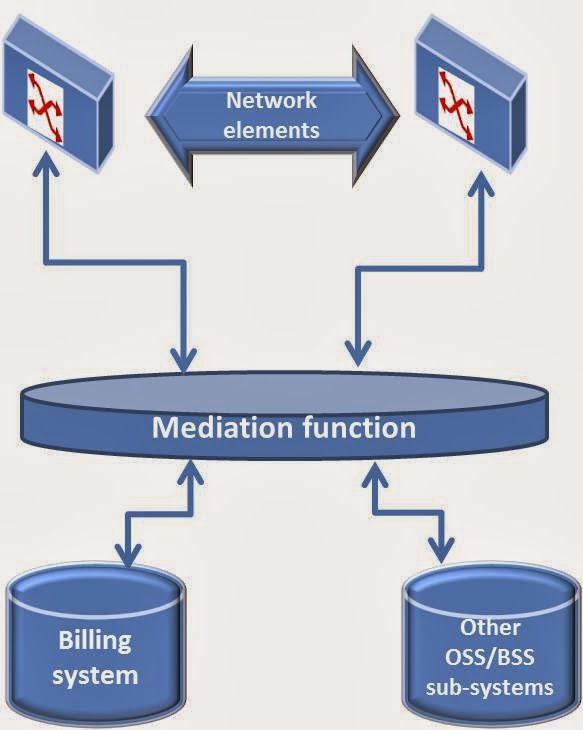 |
|
A mediation system that is designed to work with
logically fixed elements would fall short of working with fluid configurations in an SDN environment |
It is often argued that carrier SDN—Software Defined Networking—is still many miles away (at least that’s how the arguments are made up). But how about the network pockets where SDN could be done right away, instead of waiting for a full-blown implementation? After all, Google has already implemented it in one of its two wide-area networks (WANs) that carries inter-data-center traffic volumes—the G-Scale.
Yes, Google is yet to announce an SDN implementation for the other network that carries the Internet facing network I-Scale that carries user data, but does that mean that telcos, who too have geographically spread out data centers, implement SDN in the inter-data-center WANs—and—stop at that?
As is the case with any new technology that happens to challenge existing market equilibrium in some way, SDN too must face—and overcome—resistances, and prove its worth before seeing the path of wide-scale adoption.
Significantly, that’s something happening right now, and one of the arguments that is supposedly designed to work against SDN sounds so very familiar—that, while SDN is the way to go in the long run, the reality is that it’s still a few years away.
Is it?
Well…yes, because SDN has already been implemented in perhaps one of the best test cases that could happen to a technology at this young stage of its advent, with Google having implemented it in its backbone that connects all its data centers globally.
So that’s already a well-proven application area for SDN and the OpenFlow standard from Open Networking Foundation (ONF), of which Google is a founder member.
Google says, in a publicly available case study, it started the effort to put its G-Scale WAN on SDN in January 2010 and by early 2012 all its datacenter backbone traffic was being carried by an OpenFlow powered network. Centralized traffic engineering was rolled out globally in two months.
That’s not a particularly long time, especially given that Google is known to have 12 large data centers spread across continents and that it was a first of its kind SDN implementation of this scale.
“SDN is a pragmatic approach to reducing the complexity and management of networks. While it is still early to declare success, Google’s experience with SDN and OpenFlow in the WAN show that it is ready for real world use,” notes the Google case study quoting Urs Hölzle, Fellow and SVP of Technical Infrastructure, Google.
And yet, other application areas could take possibly longer to see implementation of SDN. For example, while Google has implemented it in one of its two wide-area networks (WANs) that carries inter-data-center traffic volumes—the G-Scale, it is yet to announce an SDN implementation for the other network that carries the Internet facing network I-Scale that carries user data [to its data centers].
The takeaway: when it comes to the Internet-facing networks at companies like Google or Facebook then implementation of SDN could be a little far away.
Now, does that offer the telecom service providers like AT&T, Vodafone, SingTel, Airtel or Tata Communications, who also have subscriber bases comparable with internet companies, any cue? Should it be that the telcos, who also have geographically spread out data centers, could implement SDN in the inter-data-center WANs—and—stop at that?
Or, could they possibly precede the internet companies in implementing SDNs on their customer-facing networks too? Do they have more leeway than internet companies to do so? How? Read More
© 2018 BusinessandMarket.net, the insights service provider focused on IT and telecom, offering rich analysis done by subject matter specialists.
To make a service inquiry, click http://www.businessandmarket.net/p/your-inquiry.html
To make a service inquiry, click http://www.businessandmarket.net/p/your-inquiry.html

